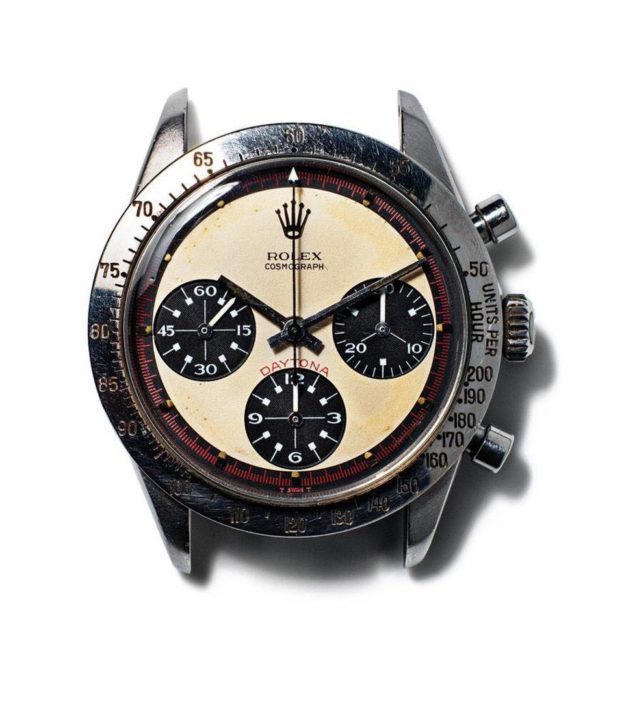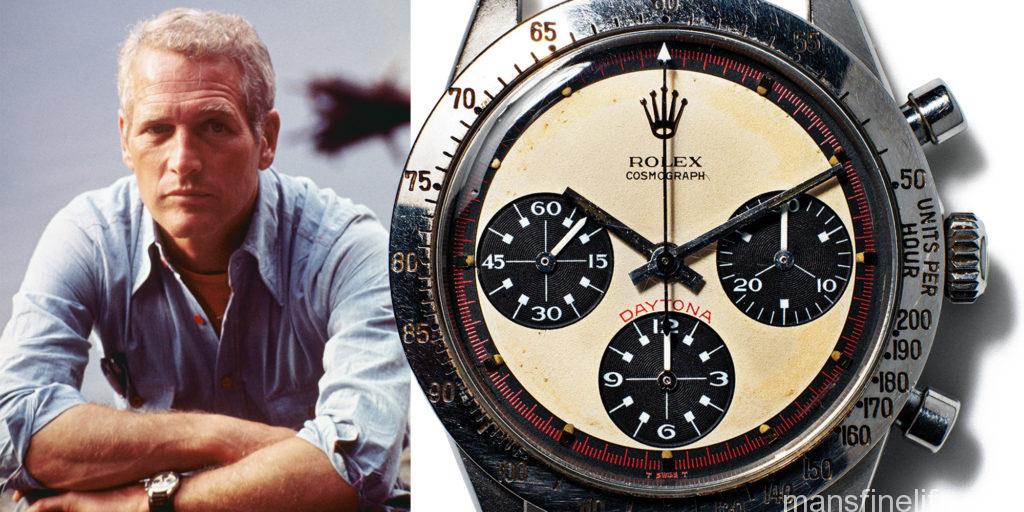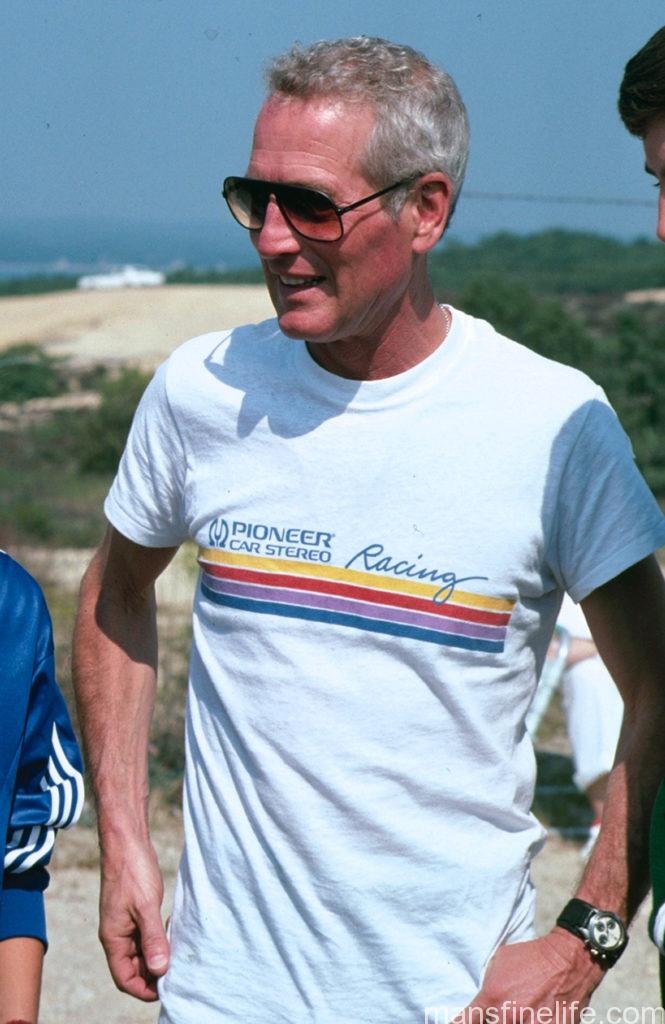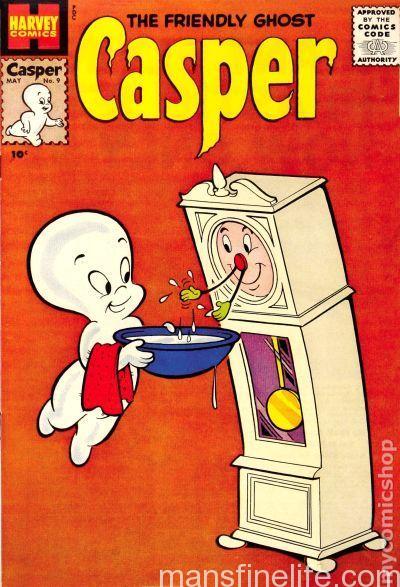In the world of watch collecting, one gets used to heady price tags and watching the those prices rise over the years. It’s logical, despite occasional anomalies like market corrections and bubbles, that desirable things go up in value over time. It equally adds up that in a time when wealth is more concentrated than it has been in decades, those who can afford to pay a lot for something can usually afford to pay a WHOLE LOT for something, and so dealers adjust their prices accordingly, and the rest of us have to pay up to keep up. C’est la vie.
But what in the world accounts for something like the $17.75 million we saw shelled out for Paul Newman’s own Rolex “Paul Newman” ref. 6239 Daytona at auction last week? The most paid for any watch ever. Theories abound, of course. The fact that a normal Rolex “Paul Newman” ref. 6239 Daytona is a somewhat rare and desirable watch in it’s own right is a good starting point. Add to that the sweet story about his wife gifting it to him, and Mr. Newman’s owning and wearing this particular watch throughout an exciting portion of his life (regularly racing cars and frequently seen in public generally being cooler and better looking than the rest of us), thus leading collectors in the 80’s to name the reference the “Paul Newman” in his honour, and we have a pretty solid explanation as to why this watch would be worth more than the “normal” Paul Newman. But a normal “Paul Newman” Daytona goes for about $200,000, so is the one that started it all really worth that much more, solely as an originator of a sect of the watch collecting world? I say no.
What we witnessed at Phillip’s last week wasn’t just someone paying a premium for the watch that “started it all”. Nor was it someone paying for the historical “cool factor” of the watch and it’s history. Assuming this watch went to an individual, what we saw at the Phillips sale was someone trying to buy the very cool itself that it’s former owner embodied. In other words, we saw someone pay more or less $200,000 watch, and the other $17.5 million was for the perceived magic that came with it. What is that magic? How does it work? Let’s call it magic ring syndrome. You slip the magic ring on, and you instantly disappear – replaced by someone much more exciting and otherworldly than yourself, in this case Paul Newman. It’s the sincere belief that when one puts on that watch, they stop becoming the ordinary person they are every day when they wake up, and effectively become Paul Newman – handsome star and race car driver, famous, dashing, admired by men, and desired by women all around the world, all of which somehow added up to a sum even greater than its parts. It’s super human in scale. It is a perceived osmosis of cool, where the hopeful wearer truly believes on some level that Newman’s essence will move ethereally through the case back into their body, giving access to Newman’s super human mystique for as long as they wear that watch.
Above: Paul Newman embodying his unique (and non-transferable) relaxed cool, while wearing the now $17.75 million Rolex Daytona ref. 6239 given to him as a gift by his wife.
Of course, that’s not how it actually works in real life, and what’s really at play is a form of adult make believe. And that’s fine. While at a certain point it can become a bit creepy, in moderation illusion is a healthy way of taking a break from the grind of daily life, and we all do it from time to time, in one way or another. Many vintage car owners talk of the feeling of being “transported back in time” when they step into their old cars, for example. Whether the vintage car in question cost $40,000 or $400,000 doesn’t make much of a difference. But I think it’s important to differentiate this phenomenon from the value of the actual thing itself, and others just like it.
To play devil’s advocate to my own assertions, there is the argument that the buyer paid this huge sum as an act of horological altruism. That they feel singularly capable of handling the care and responsibility of something of such historical value to the horological community. Certainly this would be the case if it turns out that Rolex themselves bought the watch. It’s said that comic writer and car enthusiast Spike Feresten convinced his friend, comedian Jerry Seinfeld, to purchase Steve McQueen’s Porsche 917K from Le Mans for this very reason…that besides being a car worthy of adding to his collection, Seinfeld was in a unique position to be able to take proper care of the car, due to his wealth, along with his knowledge of Porsche history and connections within the Porsche community. But this argument, while it may make sense for a vintage race car, doesn’t really fly for a watch. Watches don’t need airplane hangars to store them in, they don’t require $100,000 engine overhauls, or expensive trailers, or $50,000 bare metal repaints. Basically you can get by with a good bank safety deposit box and a trusted watchmaker, and that’s it – just like any other vintage watch. So it makes no sense that an individual buyer would feel they alone were capable of caring for the watch and that they had to buy it out of a sense of duty. This was obviously a “want” purchase, not the act of a benefactor to the horological world. Again, nothing wrong with it, but we’re back to the magic ring syndrome.
It should be said that this syndrome isn’t new to this watch or auction. In past centuries, we saw the same mania in the form of saints relics, where people would tear apart the bodies of saints in order get some piece of bone or shred of clothing which they they believed carried the holy power of the saint within it. Wealthy princes were known to give over nearly their entire fortunes to buy what they believed to be a piece of the Holy Cross, thinking that the power of Jesus resided inside of it. Analogously, in recent years we’ve seen anything that the “King of Cool” himself, Steve McQueen, even breathed on during his lifetime sell for exponentially greater amounts than an identical but normal (i.e. – not owned by Steve) version would go for. I recall his iconic blue lens Persol 714’s, on their own worth about $1000 as a pair of original vintage sunglasses the time, going for about $70,000 in 2006. His ’63 Ferrari Lusso hammered at $2.41 million at a time when an equivalent car cost about $800,000, and his ’67 Ferrari 275 GTB/4 went for over $10 million in 2014, when an equivalent car would have been worth about a third of that. And Steve’s watches have done well, too. His Rolex Submariner ref. 5512 (with a later, normally devaluing, service dial ) sold years ago for roughly $224,000, and one of six Heuer Monaco’s he wore on the set of Le Mans went for $799,500…an astonishing number considering it was just a movie prop. So clearly there are a few out there who are willing to pay exorbitant sums for a shot at the magic of becoming Steve for a while. But all of these numbers pale in comparison to the Newman price tag (a fact I’m sure McQueen, known in life for being highly competitive, wouldn’t be very pleased about).
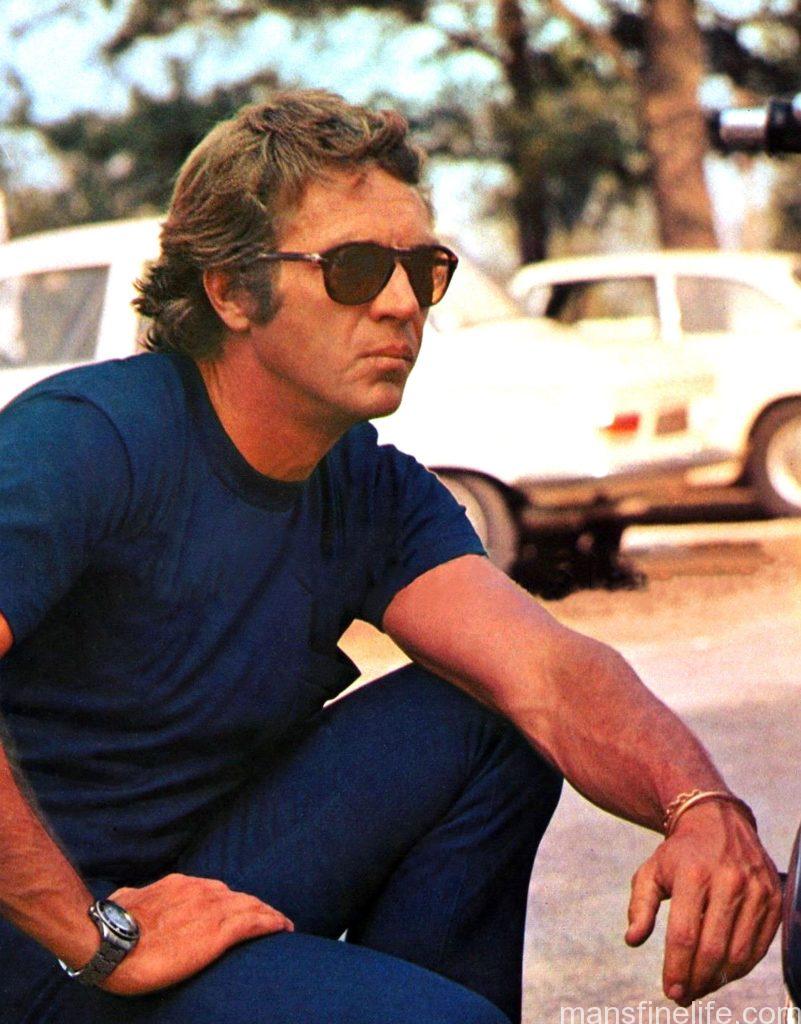 Above: Steve McQueen Sporting Persol 714’s and his Rolex 5512 Submariner.
Above: Steve McQueen Sporting Persol 714’s and his Rolex 5512 Submariner.
Above: Saints Relic. The skull of St. Yves Treguier.
“Magic” may sound like a term of art, but really what other word can you use to justify the belief that an inanimate object actually possesses the essence of it’s former owner, and that furthermore that essence can be loaned out to you, if only you can afford to buy the thing. What else but magic could cast such a spell that it would convince a bidder to go to 70 times the understood value of the actual watch itself. Well, ok. Insanity comes to mind as an alternative term. Once the hoopla of the moment dies down, and the peripheral euphoria that onlookers commonly experience when witnessing big bids and big bets dissipates, it’s hard not to see the buyer as nuts. Whether their version of crazy is that of the sad Gollum that locks the watch away and hides even from disclosing ownership out of fear for the safety of both themselves and the watch, or whether their version of crazy is that of the obscenely rich eccentric who can afford to wear a 17 million dollar watch with the same casual attention to it’s well being that most collectors would afford to a simple Submariner, is yet to be seen. Personally, I’m rooting for the latter but time will tell.
The point here is that we DID NOT see a stunning Rolex ref. 6239 Daytona with a singular history sell for $17,752,500. What we saw was someone pay that much for the belief that they were getting the ghost of Paul Newman and all of his otherwordly cool, all transferable to themselves with the buckling of a strap. The watch is just the vessel they think it comes in. But the unwelcome surprise awaiting the new owner is that you can’t buy cool. The story of the Newman watch goes that Newman took this watch off of his wrist and in a showing of friendliness and generosity gave it to his daughter’s young boyfriend… a gift from a wise elder to a young man just starting out in life. That’s cool. Anyone looking to truly embody Newman’s essence would do better to mimic this act, than they would to pay an ungodly some for the actor’s old watch. But the buyer at Phillips chose the latter route, so for their sake perhaps we’d all best start believing in ghosts and miracles.

